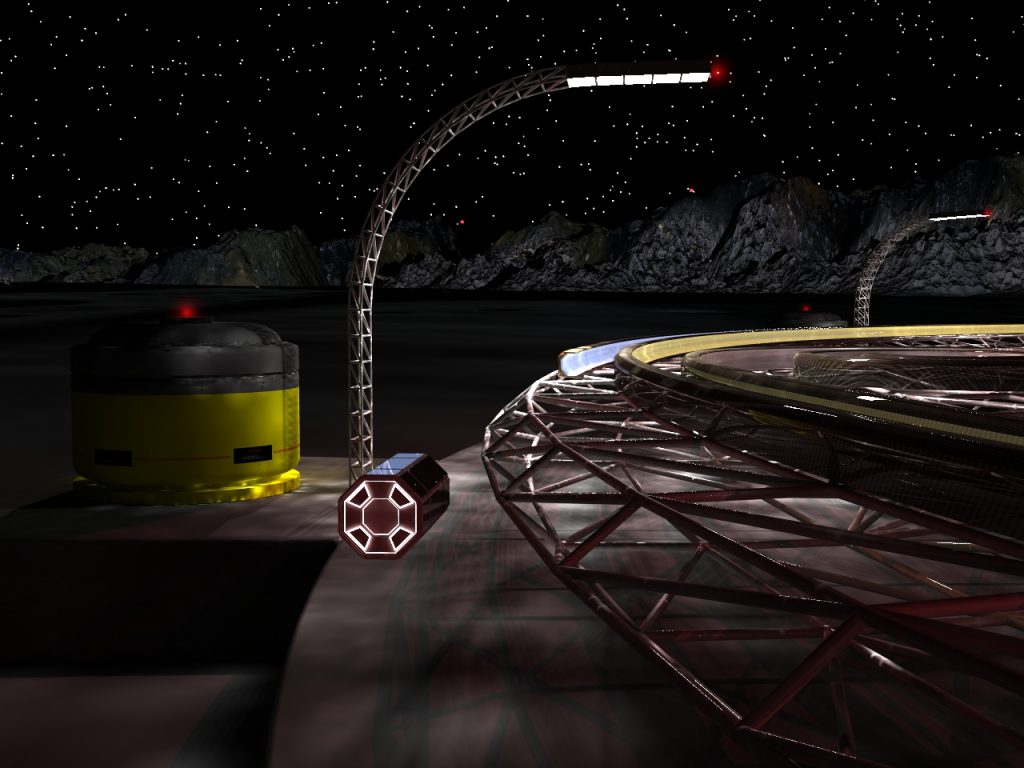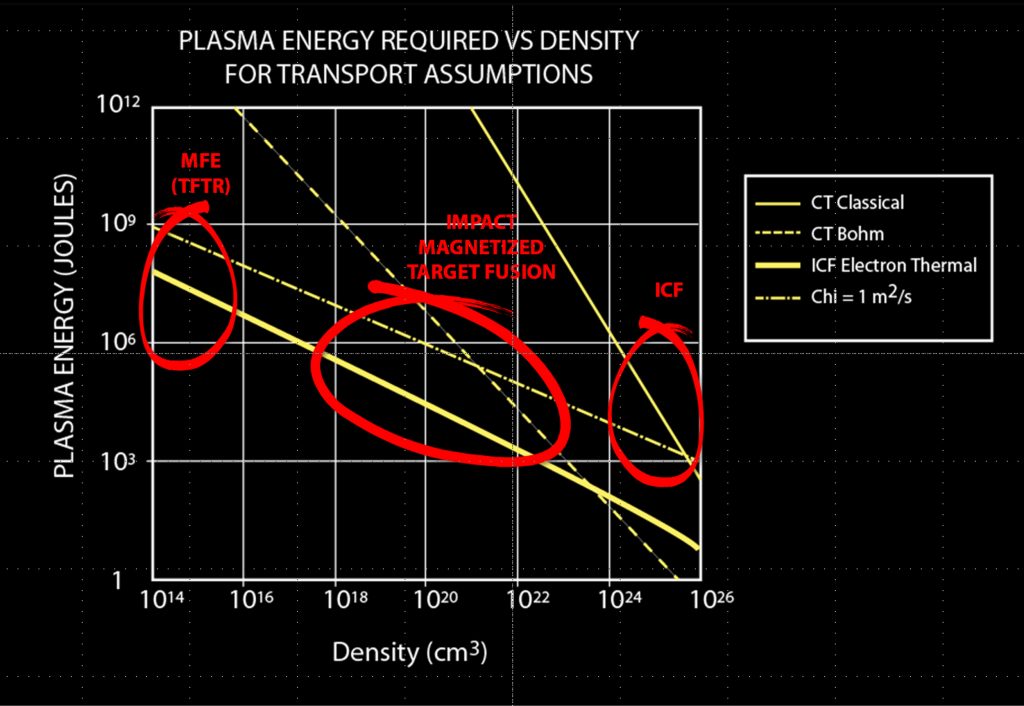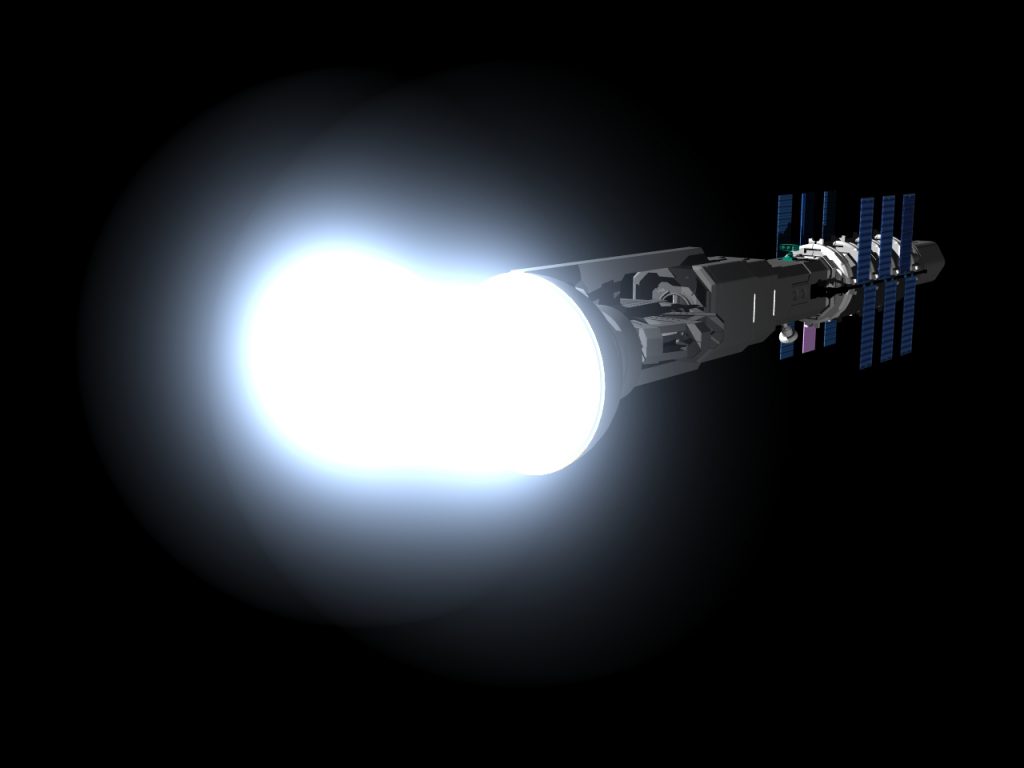TST SYSTEMS LLC
Organized in 2017
Subsumes all intellectual & material property and patent rights acquired by ALCORP, Incorporated & owned by Dr. Derek Tidman, PhD
APPLICATIONS
DEFENSE – NEAR TERM
Inertial Accelerator Systems can provide hypervelocity projection of payloads & projectiles from surface-based platforms
-
Sub-Mach to ultra-high Mach number design options
-
Long distance, high altitude reach
-
Boost, Mid-Course, Terminal Anti-Missile defense
-
Tactical & littoral close-in saturation
-
Counterforce to emerging high Mach number aircraft & cruise missiles (even in tail pursuit)
CIVILIAN – INTERMEDIATE TERM

Space cargo transport envisioned as low-cost alternative to rocket-based transport. Example at left represents a lunar-based launching system – characteristics are:
-
Location: Montes Riphaeus mountain range, northeast crater near equator
-
Launch direction: easterly, in equatorial plane, for injection into free-return Moon-Earth orbit to low-Earth orbit injection
-
Potential launch of cargo containers at rate proportional to gyration frequency
-
Payloads such as mineral ores and other resources
-
Reusable containers can be launched from Earth to deliver supplies to moon base
CIVILIAN – LONG TERM
Impact fusion is an unexplored regime of conditions necessary for net generation of energy. Since the 1950s, the dream of limitless clean energy has been unfulfilled by two experimental routes – magnetic confinement & compression and inertial compression. Depicted at right are the regimes explored by these approaches. Impacts between fuel cells and anvils at 30-100 km/s offer promise of fusion success in the regime between these two previous approaches.


Interplanetary transport by conventional chemically based rockets is barely achievable and involves long-term exposure of occupants to the space radiation environment. Trips to Mars involve flight times of approximately ten months. Adding shielding increases payload mass and increases demands on propulsion systems. Using magnetized fuel targets, fusion-based engine designs result in:
-
Large scale spacecraft with large mass infrastructure and payloads
-
High-g acceleration capability
-
Large capacity consumables for long acceleration times
-
Feasibility of Earth-Mars transport in times measured in weeks, not months
-
Growth potential for interstellar transport analogous to the Dyson starship Orion
